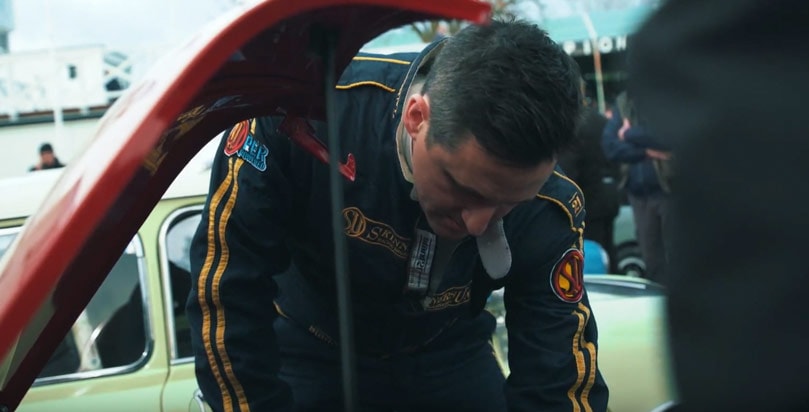Automatic Enrichment Device: Fault Diagnosis
Before any attempt is made to service the AED unit in response to a vehicle problem it is essential that all other factors which affect the tune of the vehicle are set as per manufacturer's instructions. These include sparking plugs, contact breaker, ignition timing, tappets and main carburetter tune.
| Symptom | Possible Cause | Remedy |
|---|---|---|
| Engine fails to fire when cold | 1 Inadequate or no fuel supply to the AED | 1 Slacken the filter plug on the AED. Crank the engine; fuel should leak from the plug. If no fuel, check the system leading to the AED. If fuel is present, tighten the plug. Then carry out check 2 under symptom A. 2 Note: This check is not applicable when AED temperature is above 35°C (95°F). Crank the engine for several seconds. Remove the pipe at the inlet manifold. If fuel is present, it indicates that the AED is satisfactory and the cause for failure to start must be traced to some other source. If no fuel is present this indicates a faulty AED. Proceed as follows: Remove the float-chamber lid and check that the needle valve and float are free to move. If these is no fuel in the float chamber, check that the fuel filter is clean and that ample fuel is being delivered to the unit. If adequate fuel is being delivered to the float chamber this indicates a malfunction elsewhere in the unit (provided the temperature is within the unit operating range) and the unit should be replaced. |
| Engine fires but fails to keep running when cold | 1 Sticking or faulty needle valve or float | 1 Check the following: (a) Remove the vent pipe from the float chamber and check that fuel is not discharged when cranking the engine. (b) If fuel is discharged, check the operation of the needle valve and float as detailed under A item 2. |
| 2 Faulty air flap valve | 2 Remove the air inlet elbow on the AED and check that the flap valve is free to move and return under spring load. | |
| 3 Inadequate fuel supply | 3 Check for lack of fuel as detailed under A. | |
| 4 Faulty jet needle | 4 Remove the AED complete and service as shown in the servicing instructions. If the diaphragm is satisfactory, a replacement unit should be fitted. | |
| Engine fails to start when hot or part warm or fires and fails to keep running | 1 Incorrect starting procedure | 1 Crank the engine and open the throttle slightly. If the unit is badly over-choked open the throttle fully. Do not over-rev. If the engine starts but fails to keep running, carry out check 4 below. |
| 2 Leaks from pipe layout | 2 Ensure that all pipes are correctly fitted, particularly the pipe between the hot air pick-up and the AED. Rectify as necessary, ensuring air-tight joints. Note: Air leaks at the hot air entry will result in excessive fuel consumption and the possibility of stalling at certain engine temperatures. | |
| 3 Before carrying out further checks ensure that the AED is not the cause of failure to start | 3 Remove the pipe from the AED to inlet manifold. Blank off the aperture in the manifold. If the engine starts this indicates that the AED is at fault, and further checks must be made. However, if the engine is flooded, it may be necessary to crank for several seconds with a slightly open throttle before the engine will fire. | |
| 4 Sticking or faulty needle valve or float | 4 Check the following (a) Remove the vent pipe from the float chamber and check that fuel is not discharged when cranking the engine. (b) If fuel is discharged, check the operation of the needle valve and float. Remove the float chamber lid. Check that needle valve and float are free to move. If there is no fuel in the float chamber, check that the fuel filter is clean and that ample fuel is being delivered to the unit. See the servicing instructions. |
|
| 5 Faulty needle diaphragm | 5 Carry out checks as detailed under B item 4. |





